Prevent Illness
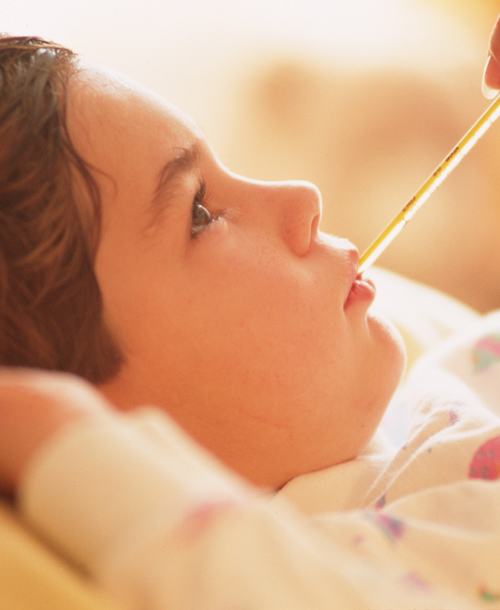
It’s not that toddlers are more susceptible to germs in the winter, but there are more viruses around to get them sick. “This is due to circulated air in homes, schools and day care,” says Seattle pediatrician Dr. Wendy Sue Swanson. “We see typical cold viruses pop in the winter, things like rhinovirus, RSV or influenza.” Monitor your kids. Colds are common and less severe, whereas the flu and RSV can turn into harsher problems like pneumonia.
Stop Sharing
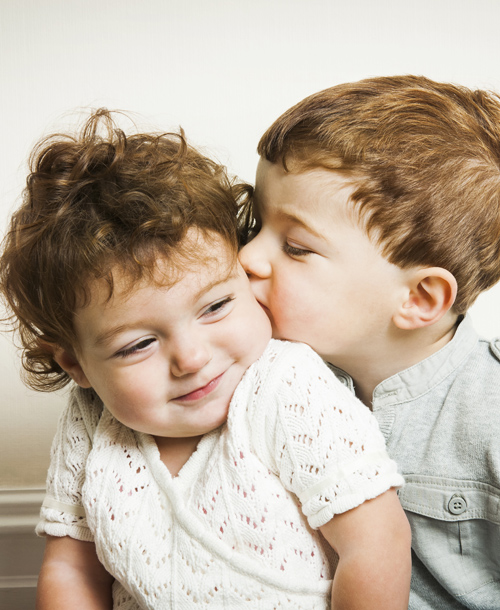
Sharing is caring? Not in the wintertime, says Atlanta pediatrician Dr. Jennifer Shu, who suggests children not share toys or food since this nice act will easily pass germs from one child to the next. Wash your kids’ hands frequently, and check out alternatives for kids over 2—like sanitizers you can carry on you at all times. “Alcohol-based rubs are not recommended for children under 24 months old in some child care centers, but children over age 2 may be able to use them as an alternative to soap and water,” says Shu.
See a Doc If...
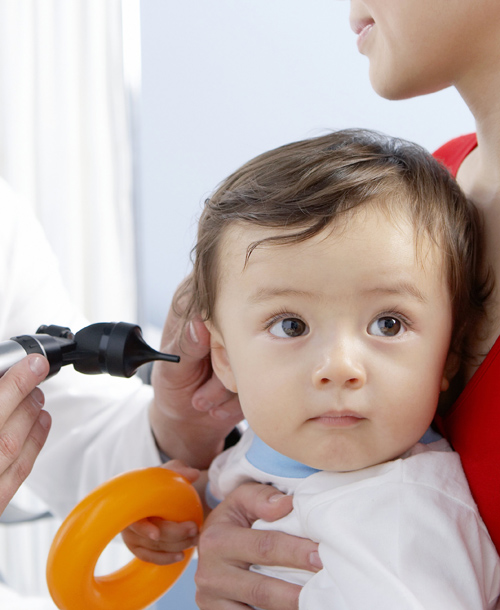
Take care of kids contracting germs in the winter—that means getting flu shots, keeping them home from school if sick and teaching them to cough and sneeze into their elbows. But if they do come down with a bug—and since they can get rapidly worse in the winter—call the doctor if you don’t see improvement. “Most viruses are self-limited, meaning children get better all on their own—their immune systems can do wonders,” says Swanson. “But that being said, if a child has a fever for more than three days, or cough symptoms are only worsening after a week, it's best to head in to see the pediatrician.”
Use All Toys Properly
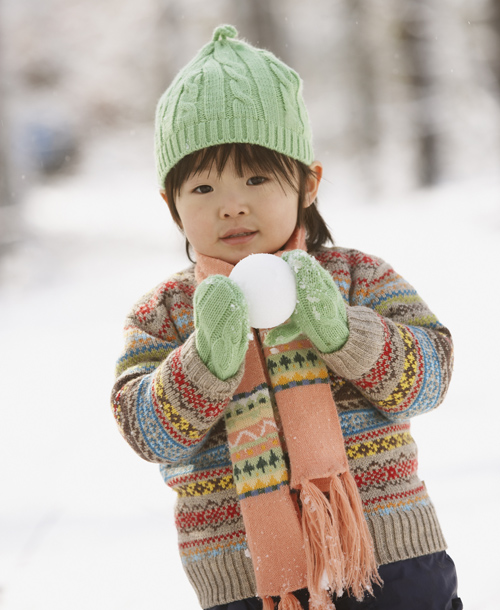
Outside, anything can be dangerous if your kids aren’t using it correctly. “Think skis behind cars, sleds on roadways where cars travel, or skis when kids aren't wearing helmets,” says Swanson. Kids can get creative when it comes to having fun, especially when siblings band together, which often leads to injury. Make sure your little ones aren’t playing with toys that aren’t made for toddlers, and that kids aren’t turning icy driveways into slip-and-slides or taking sidewalk activities to the street.
MORE: Winter Weekend Getaways
Slide Safe
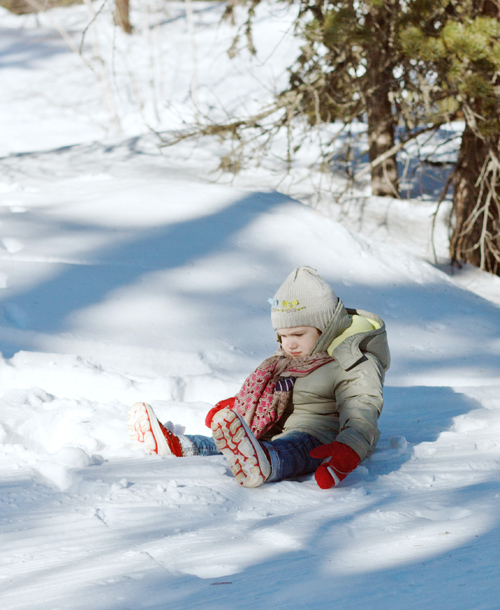
Both Swanson and Shu say their biggest concerns about outdoor winter activities are those that have children going fast, leading to traumatic injuries. With slick ice and snow, it’s easy to go too fast. Make sure kids sled while sitting up, not headfirst, and avoid areas crowded with people, trees or other objects that may be dangerous if there’s impact.
Wear Layers...
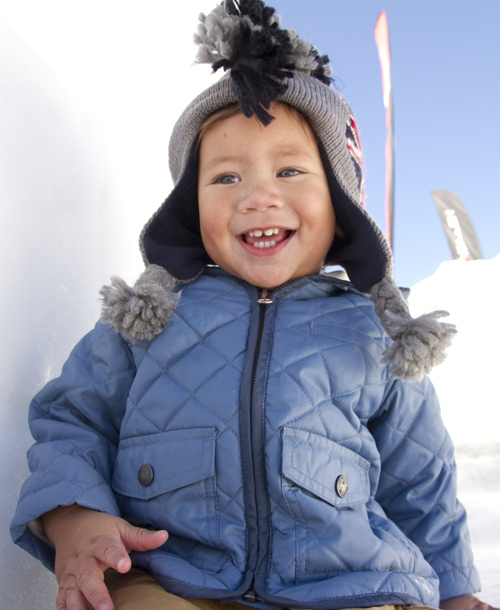
How long little kids can stay outside is totally dependent on how cold it is and what they have on—so dress them appropriately. “The most important tip for parents is to ensure children are dressed in layers with a wicking layer closest to their skin, and then about one more layer than you (as the adult) have on,” says Swanson.
But Don't Overdo It
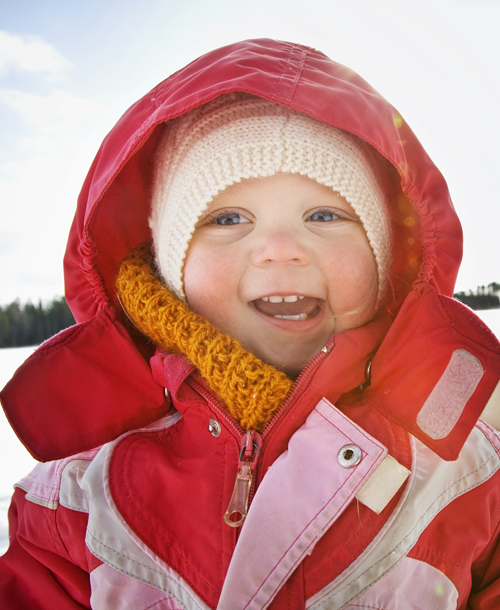
Less may not be more when it comes to layering up for the outdoors, but more is not more either, says Swanson. Keep to that happy medium: one more layer than you have on. “If they are over-bundled, that's no good either,” says Swanson. “If they sweat or get wet, that sets them up for more risk of frostbite or severe cold.”
Ask Often
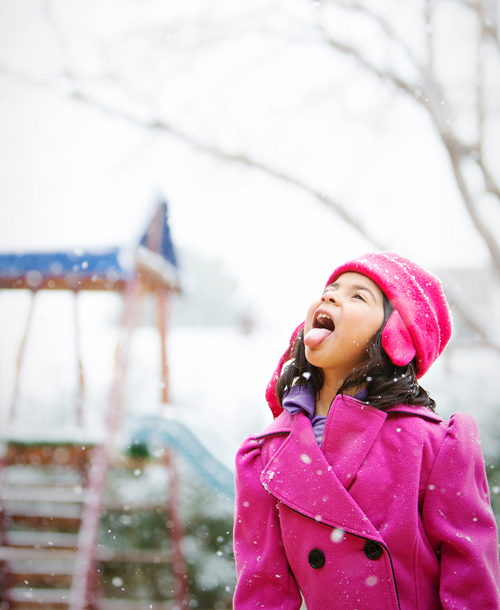
While kids are out sledding and making snowmen, it’s important to let them play—but don’t forget to ask how they feel, and often. Toddlers may not know to verbalize when they are suddenly too cold. “Check in with your toddler every 15 minutes or so,” says Swanson.
Stay Away
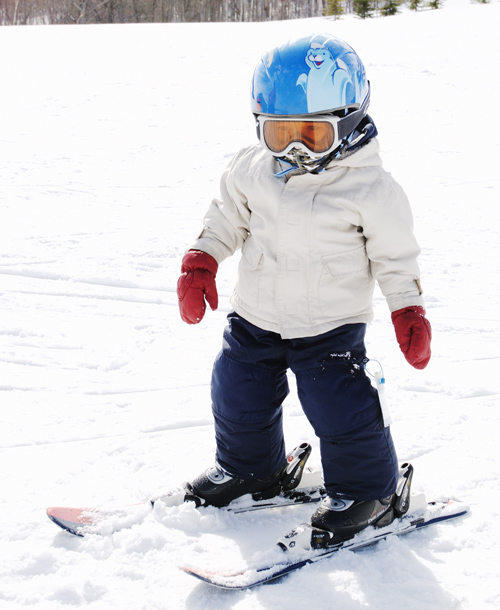
A couple things to definitely avoid this winter: too-old-for-me toys and too-wet-for-me clothes. Shu cites snowmobiles as a major “toy” issue, leading to impacts and injury. Toddlers shouldn’t be riding them at all, even with an adult (the American Academy of Pediatrics says 6 is the magic age). Also, try to keep your children from getting too wet. “Important principle: Being cold and wet can make a child hypothermic faster than being cold and dry,” Shu says. If kids take a fall or are spending a lot of time in wet snow, call time-out. Get them in dry layers. If you think your kids are developing hypothermia—symptoms include shivering, lethargy and clumsiness—call 9-1-1, and wrap them in warm clothes or blankets.
Check Car Seats
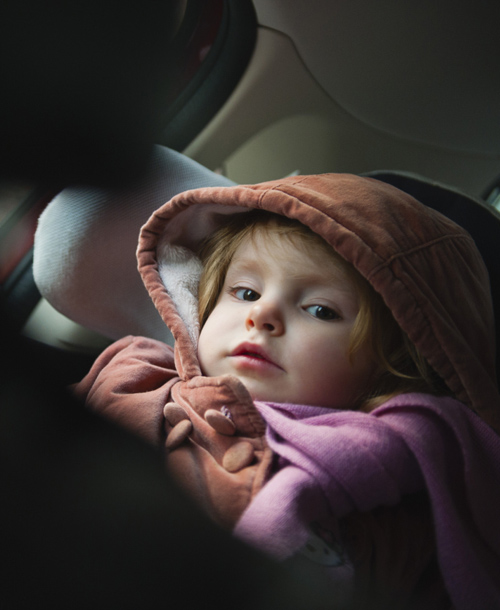
Driving in the winter with your toddler can be as treacherous as any activity, so put safety first. “Be careful how you use your infant or toddler car seat,” says Swanson. “Most seats are not designed to have blankets and cozy warmers tucked into the buckles, or even around them.” So avoid bundling devices, using heat and layers to keep your little ones warm, instead. For more explanation, Swanson suggests reading up on why items like the Bundle Me are so hazardous.




